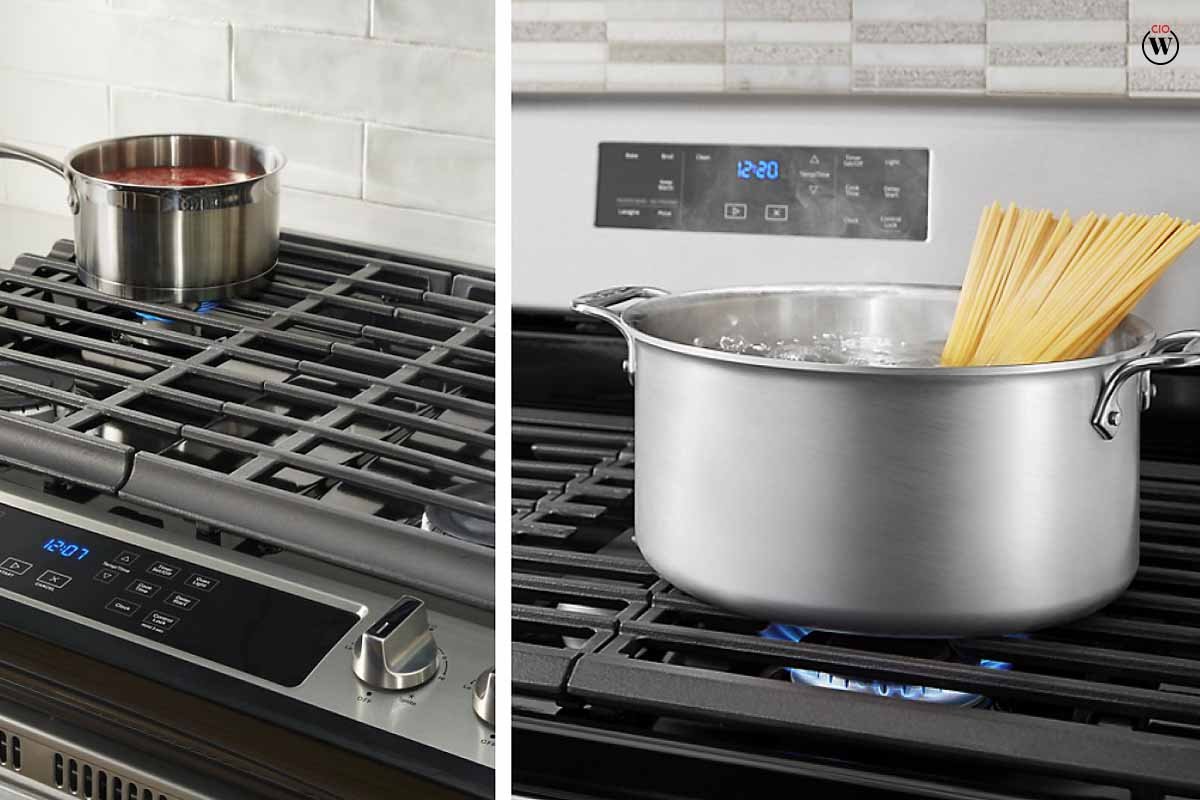One of the keys to financial success as a food blogger is maintaining Reader Engagement on Cooking Blogs your audience’s interest. There are several situations when even the most well-known recipe will not suffice. Adding guest-facing interactivity to your website is a certain way to boost engagement and keep people on your page for longer.
Find out about some cool tools that may improve your website’s usability and user experience right now.
Here are 5 Ways to Increase Reader Engagement on Cooking Blogs;
1. Quick Affiliate Links
If you provide readers with recipes, you may have them easily get the necessary items by using affiliate links & Reader Engagement on Cooking Blogs. Customers that purchase after clicking on your affiliate link will earn you a commission. The value of your links will change depending on the affiliate program website you choose to sign up with.

You may provide a sneak peek at the affiliate link by using cutting-edge website elements. A tiny window displaying the product and its current pricing is shown in the fast preview. The reader may check out the item without leaving your site thanks to the handy pop-up.
2. Micro Interactions
While larger interactions, like those found in comment sections and contact pages, might help keep visitors interested, smaller interactions, like those found in sidebars and feeds, can drive traffic That Reader Engagement on Cooking Blogs. Some examples of these brief exchanges include selecting a heart, thumbs up, or another icon. Microinteractions might be included on a single page or scattered throughout other content.
One such section is one listing the best 10 soups to enjoy during the colder months. To allow your readers to choose their favorite soup, you might include a little interactive element next to each dish on the list. In addition to allowing visitors to contribute to the site, it also provides instantaneous data on which dishes are most popular among readers.
If the vegan recipes page is well-received, use it as a cue to expand the collection to include even more plant-based options. Your site will grow organically, and the comments will serve you well for years to come. Use Manta to network with other web designers and advertise your services. Using even one of these strategies may significantly boost the success of your blog or Reader Engagement on Cooking Blogs.
3. Comparison Sliders
A comparison slider consists of two images superimposed on top of one another. Sliders that allow users to see image comparisons may be controlled by a mouse or touch screen. Many different applications exist for the comparison slider in the kitchen & Reader Engagement on Cooking Blogs.
You may use the slider to demonstrate the perfect doneness of different meats. The chicken may be shown both uncooked (on the left slide) and cooked (on the right slide) after being placed in a pressure cooker. Differentiating between the two is simple after reading this back-and-forth comparison.
Sliders toward the end of a recipe highlight the difference between the raw ingredients and the finished product.

Sliders may also be used to illustrate the variations between parallel components for Reader Engagement on Cooking Blogs. It’s a great way to compare and contrast two vegetables, like lettuce and cabbage, for example. In addition to recipes, the sliders may create a visual database of any page’s content. Visitors may benefit greatly from the use of visual aids.
4. Animated GIFs
Video demonstrations of entire recipes are available for Reader Engagement on Cooking Blogs for many dishes. While complete videos are helpful, you can supplement your website with animated GIFs featuring certain stages to make the process easier to follow. An animated GIF is less in file size and may be seamlessly integrated into online content.
You may use a GIF to demonstrate how to break an egg, mix cake batter, or apply the icing. The minor highlights not only keep readers interested but also teach them essential culinary skills in a short amount of time. You may advertise your blog and spread the word with the GIFs by posting them on social media.
5. Zero in on your audience’s preferred comment system…
Here, the best course of action is to carefully examine the most successful companies in your industry. Instead of coming up with a unique way to get your readers involved on your site via comments for Reader Engagement on Cooking Blogs, you should check out what others are doing and adopt their approach.

Large, content-heavy sites increasingly use social commenting plugins like Facebook and Twitter. However, the addition of a well-known social brand makes for much broader long-term engagement, and the shares you’ll get (if your content’s good) will help boost traffic numbers and SEO scores for Reader Engagement on Cooking Blogs, even though negative comments can be harder to moderate than in a standard WordPress comment feed.









